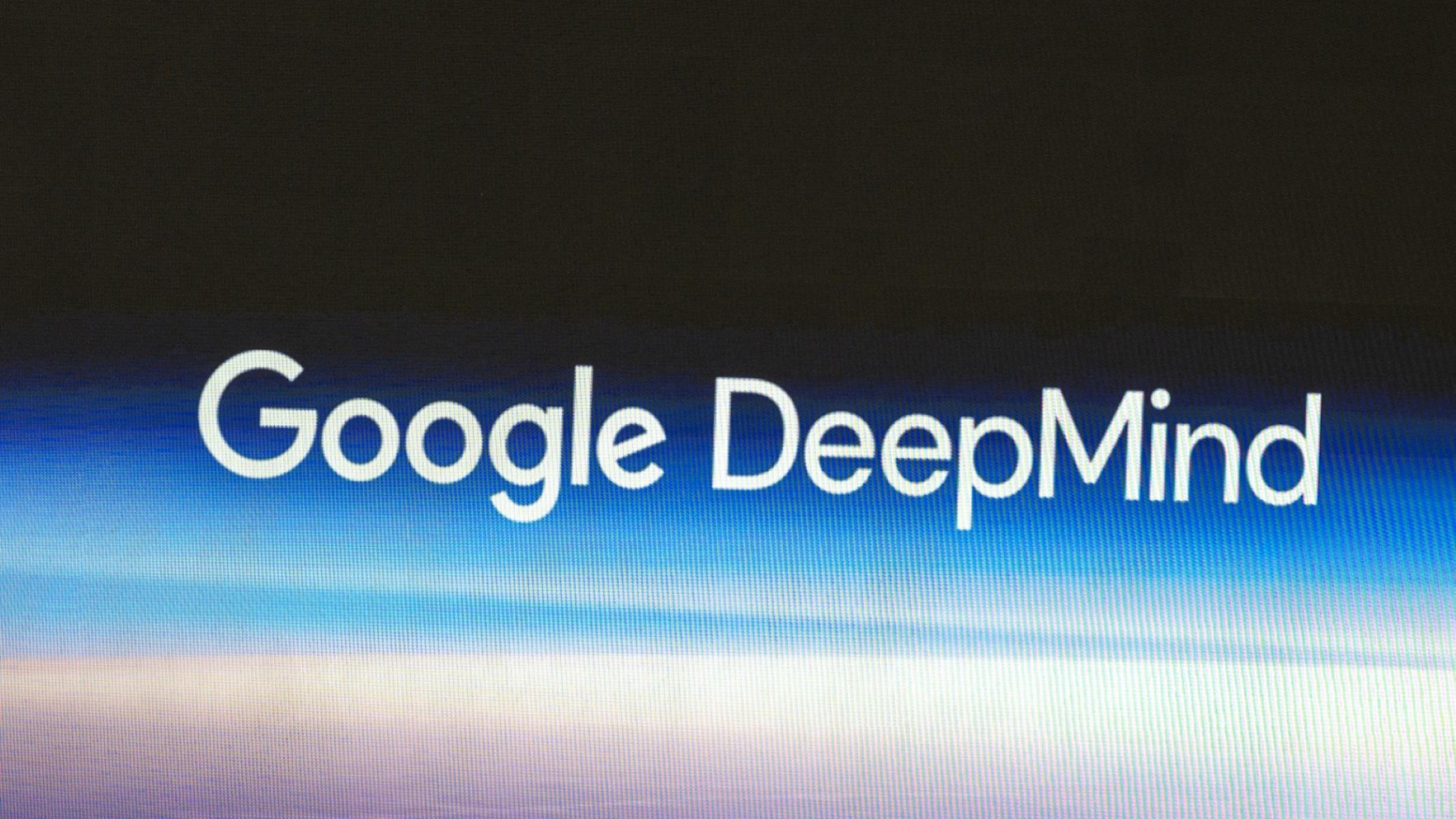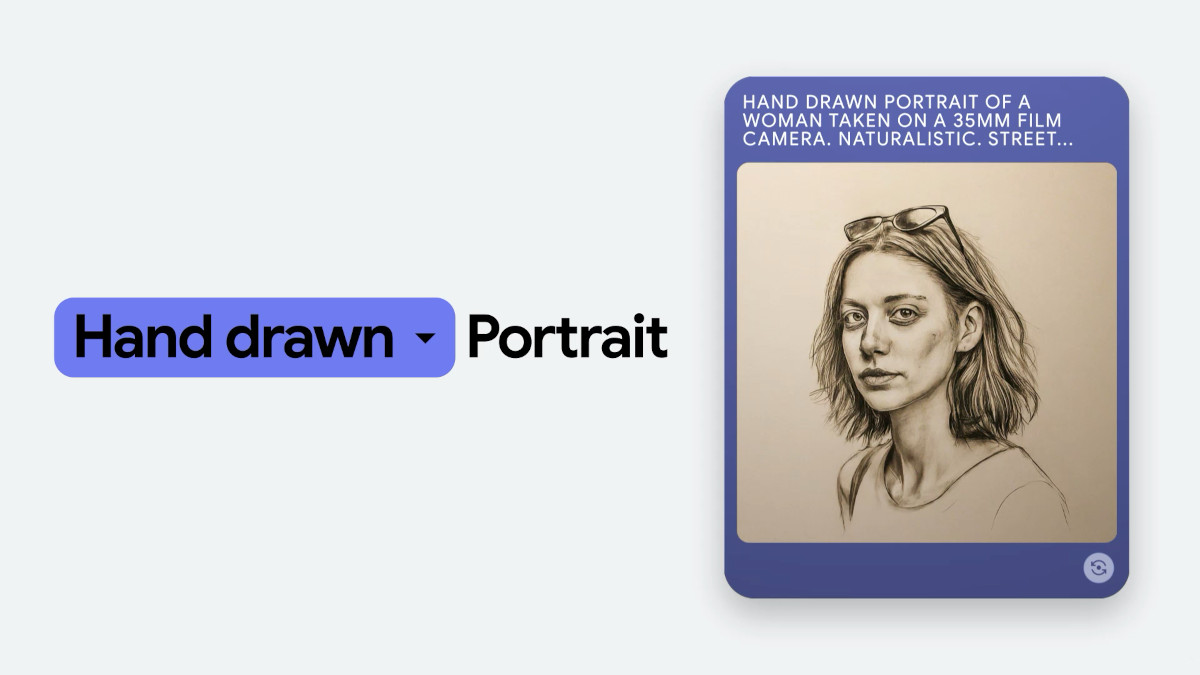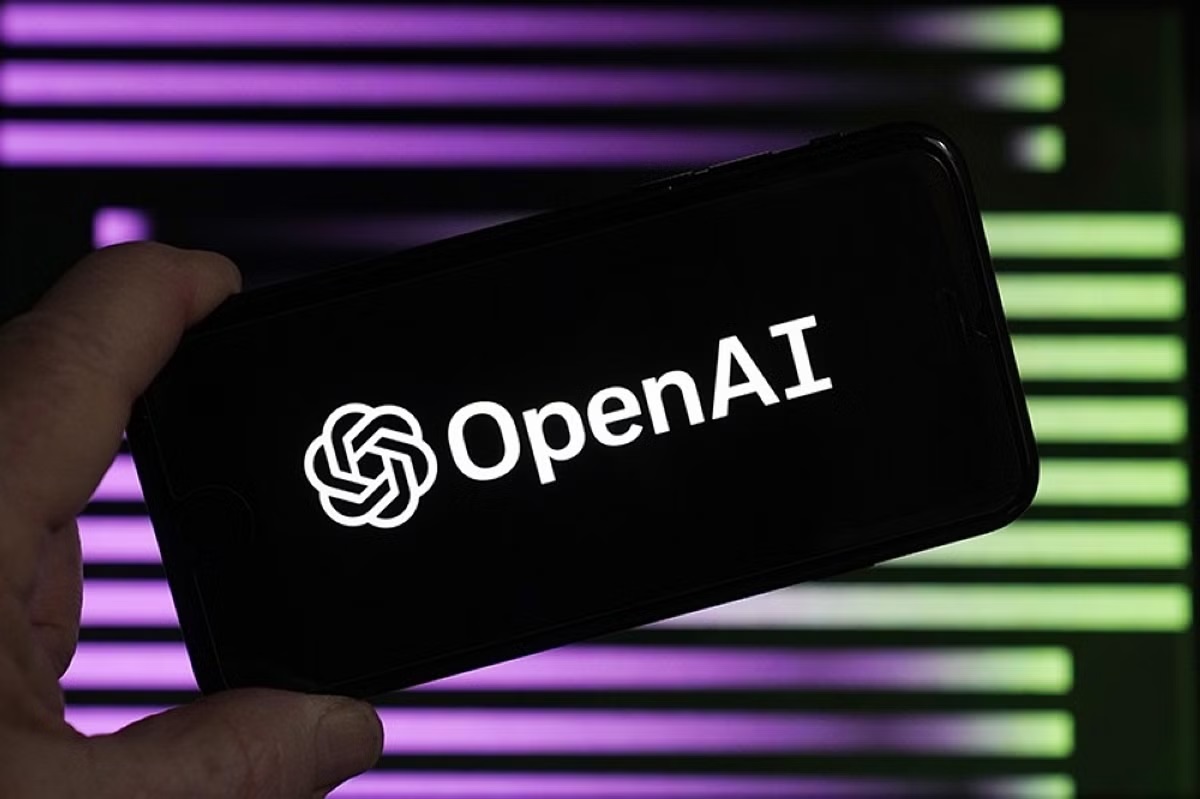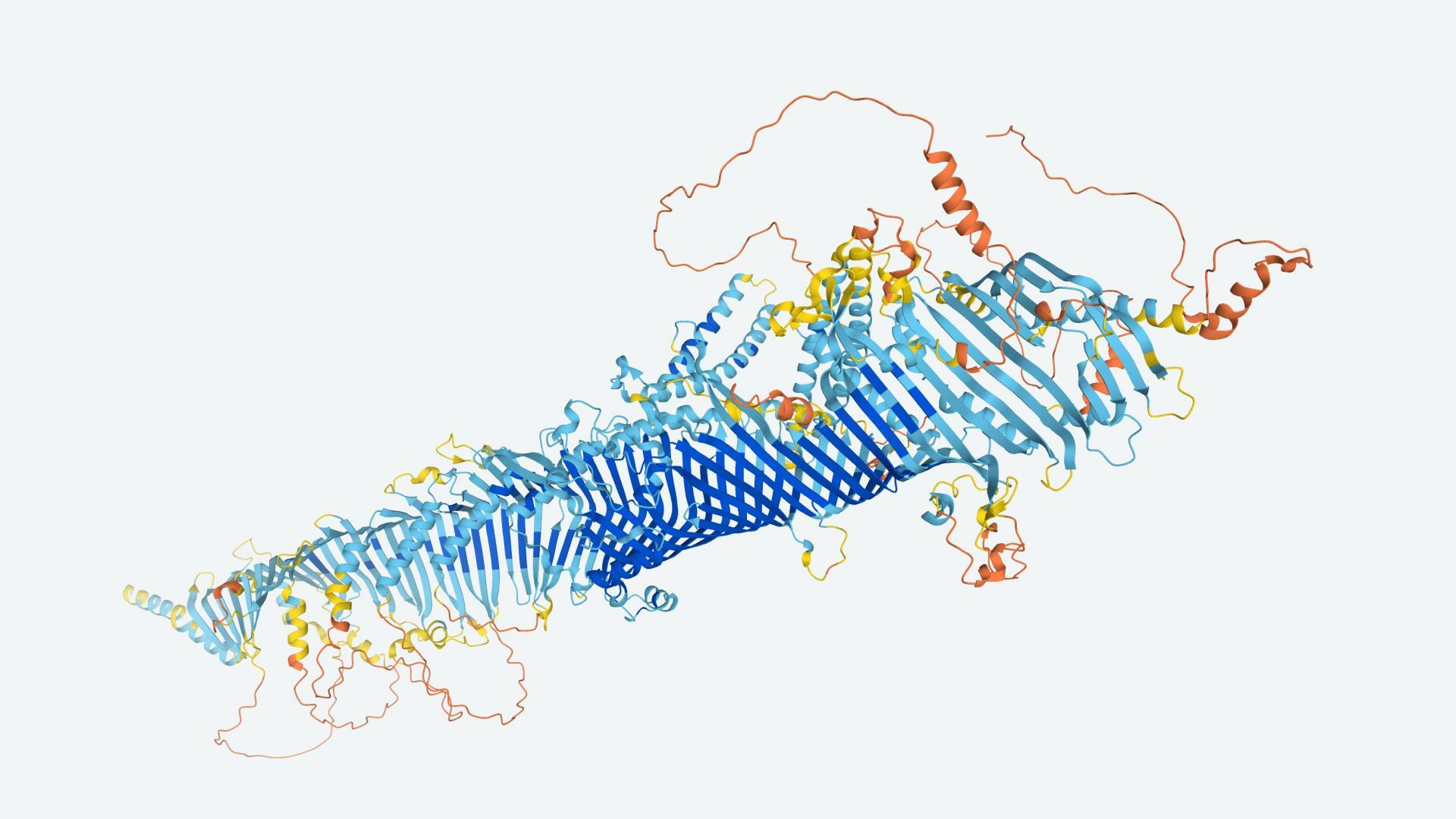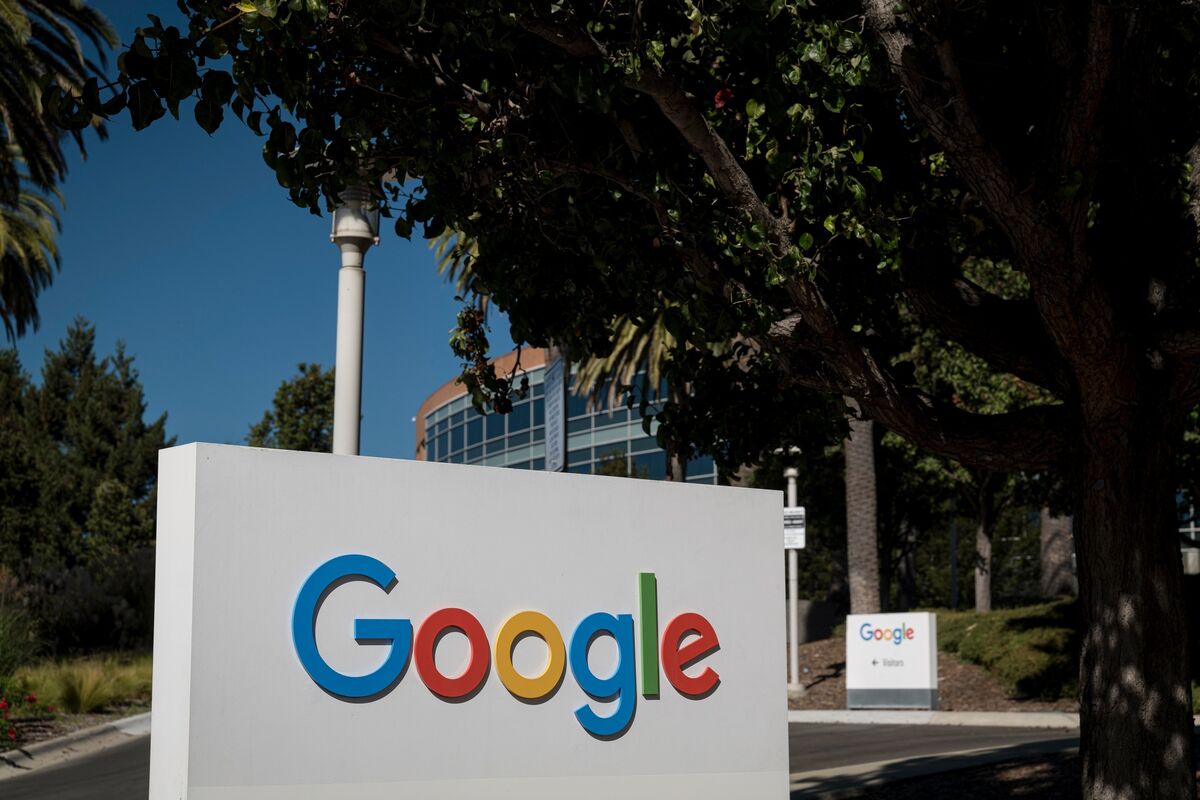Google DeepMind, in conjunction with Google Cloud, has introduced a groundbreaking tool for watermarking and identifying AI-generated images. The tool, named SynthID, is currently in beta and will only support images created by Google’s image-generating model, Imagen. SynthID embeds a digital watermark directly into the pixels of an image, making it virtually invisible to the human eye but detectable by algorithms. This development comes as a result of DeepMind’s commitment to empower individuals with the ability to identify and interact responsibly with AI-generated content, whilst combating the spread of misinformation.
Key Takeaway
DeepMind and Google Cloud collaborate to create SynthID, a tool for watermarking AI-generated images, ensuring transparency and responsibility in the use of generative AI models.
Enhancing Accountability through Watermarking and Identification
DeepMind explains in a blog post that while generative AI offers immense creative potential, it also poses new risks, such as the dissemination of false information. SynthID assists in identifying AI-generated content, enabling individuals to discern between generated media and authentic content. This innovative tool remains effective even after image modifications, such as adding filters, changing colors, or compressing highly. Developed by DeepMind in partnership with Google Research, SynthID employs two AI models, one for watermarking and another for identification, trained on a diverse collection of images.
Addressing the Limitations
Although SynthID cannot ascertain watermarked images with 100% certainty, it distinguishes between potential watermarks and images highly likely to contain one. DeepMind acknowledges that extreme image manipulations may challenge the reliability of SynthID, yet it emphasizes the tool’s potential as a technical approach to responsible use of AI-generated content. Looking ahead, DeepMind envisions the evolution of SynthID to encompass other AI models, including audio, video, and text.
The Importance of Clear Attribution
As the demand for transparency in generative AI grows, technology companies face mounting pressure to establish methods that clearly indicate the use of AI in content creation. China’s Cyberspace Administration, for example, recently issued regulations requiring generative AI vendors to mark AI-generated content without hampering user experience. In the United States, during Senate committee hearings, Senator Kyrsten Sinema highlighted the necessity of transparency in generative AI, recommending the adoption of watermarking techniques.
Industry Response and the Path Forward
Several players in the AI landscape have already committed to implementing watermarking practices. Microsoft pledged, at its annual Build conference in May, to use cryptographic methods for watermarking AI-generated visual media. Shutterstock and generative AI startup Midjourney have equally adopted guidelines to embed markers indicating generative AI-created content. OpenAI’s DALL-E 2, a text-to-image tool, incorporates a small watermark in the bottom right-hand corner of generated images. Despite these efforts, the establishment of a standardized watermarking framework, applicable to both creation and detection, remains a challenge.
While SynthID is currently exclusive to Imagen, DeepMind is considering the possibility of making it available to third parties in the near future. The question of adoption by third-party developers, particularly those working on open-source AI image generators, without the constraints of API-gated generators, remains an important consideration.







